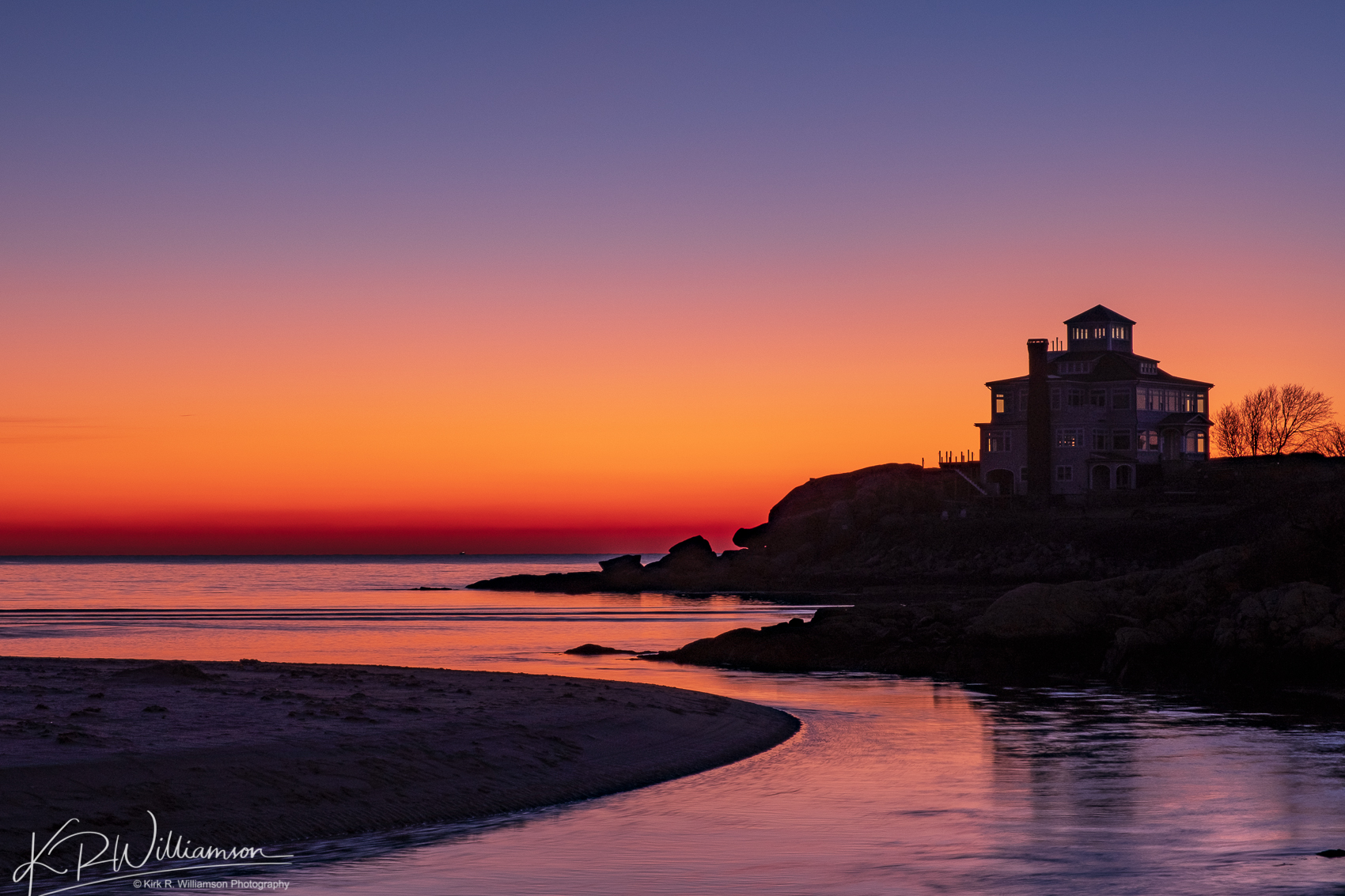
2018 was a rough year! My Canon gear started to weigh on me (literally) and I began shooting with a smaller aps-c camera, the Sony a6300. This was a very difficult transition for me so let me explain. Since 1979 I have been a hard core Canon disciple. When I started my career my gear of choice was Leica because that is what I owned. It became clear after about a year of use that it was to expensive and was not what I needed as a beginning photojournalist. While photographing the pre-Olympics at Lake Placid in 1979 for some skiing publications, I fell backwards on some ice and crushed the viewfinder on my Leica SL Mot rendering it unusable. This brought me to Eric Wang at the Canon Pro Services booth where he let me borrow a Canon F1 w/motor drive and a 300 f2.8. I was sold! If this was how they treated pros I was in. I traded all my Leica gear and went with Canon for the next 39 years. I was a proponent of Canon shunning anything else and I would tell you about it. That has all changed for me in the past year. I am older and the heavy gear has taken it’s toll. I have had one hip replacement and headed for another. Hence my questioning my photo gear needs. I no longer do daily assignments but I now teach, run workshops and tours, and occasionally do news and sports assignments. So I need gear that is smaller, lighter an costs less but is outstanding.
Don’t get me wrong I LOVE MY CANON GEAR but it simply is weighing me down. I started using the Sony aps-c system because I could adapt my Leica lenses to it. What a great solution to my problem. The gear was small and light but the menu was a nightmare. I bought two lenses a 10-18, and a 16-70. In 35mm terms a 15-27 and a 24-70. Both lenses are f4 very slow for a photojournalist. They worked and did the job and I finally got used to the menu system. Everything seemed on track for a slow move over to Sony. To me the quality of the lenses is sub par though and I have never been happy with them. The camera is too small! So I started to see if the full frame Sony A7 lll was the camera for me and I tried adapting my beloved Canon and Leica lenses to it. The results were good! But the camera, plus adapter, plus lens was rather large with the Canon lenses. Ugggh, so that turned out to be a bust.
I then decided to try out the Fujifilm system. I rented the Fuji X-T3 and the rather large 16-55 from Borrow Lenses. I wanted to see if this large lens was what I was looking for since it was the same size as my Canon 24-70 f4. Same size (77mm) but an f 2.8 and a little lighter. I contacted a friend of mine, Mark Gardner of Summer Sky Digital Media in Marshfield. I call Mark the Fuji Zen Master because he has been using Fuji for a number of years. To my amazement Mark let me borrow a complete system to try out. I got to try out a number of lenses that I would not normally have been able to test with. So after a week of using the X-T3 and a full stable of lenses from the 16 1.4 – 100-400 zoom I came away deciding that Fuji was the way to go. My reasoning was size, weight, and cost.
Over the course of the next week I jumped head first into the Fuji system and Mark was there to help me along the way. It was a great help to have the Zen Master help me through the menu system. So my learning curve was not as steep as if I had just jumped into it. It was great! I got to do some assignments with it and was excited by the ease of use and the quality of the images I was getting. I started out at Duxbury Beach shooting a sunrise.
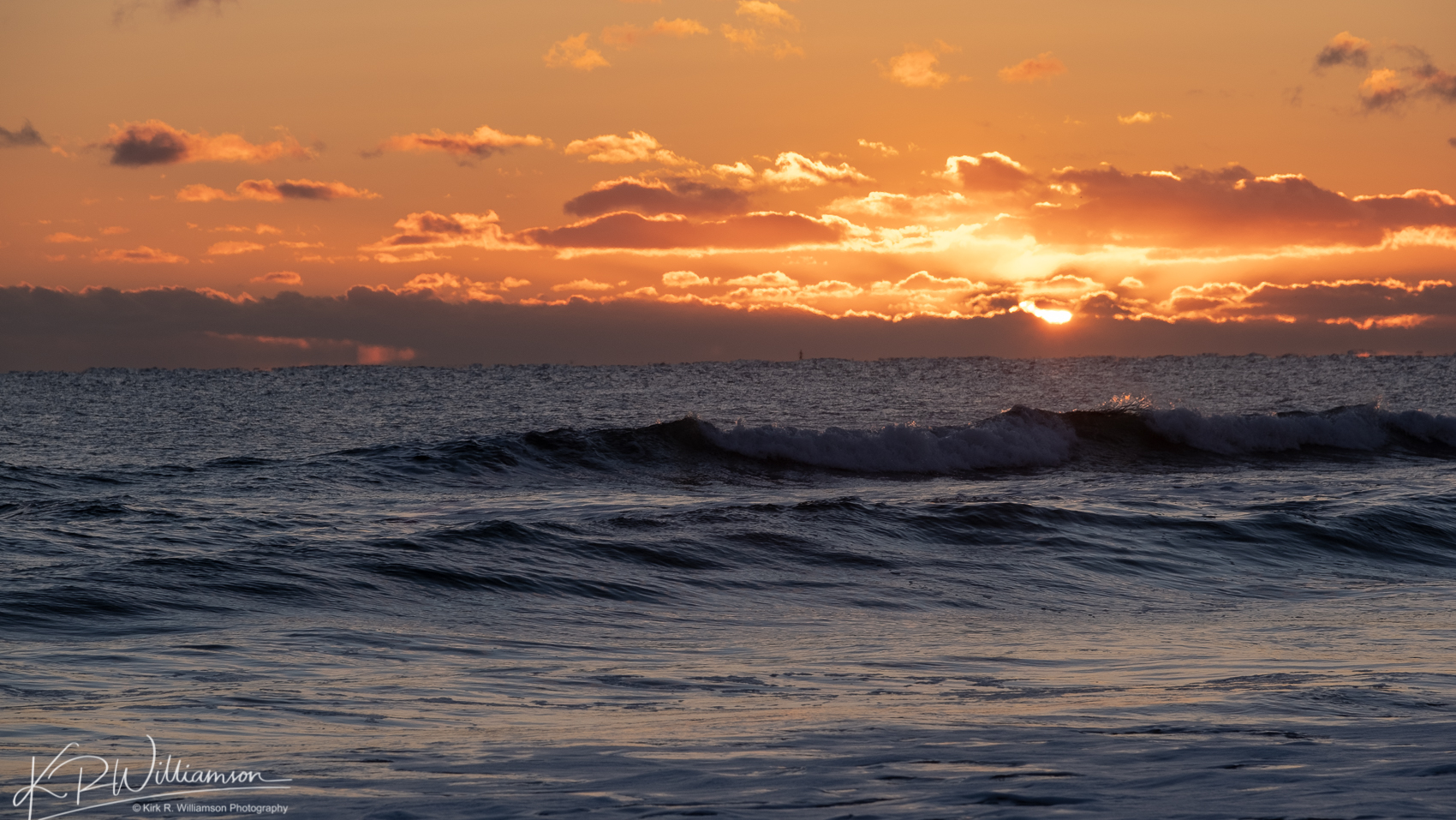
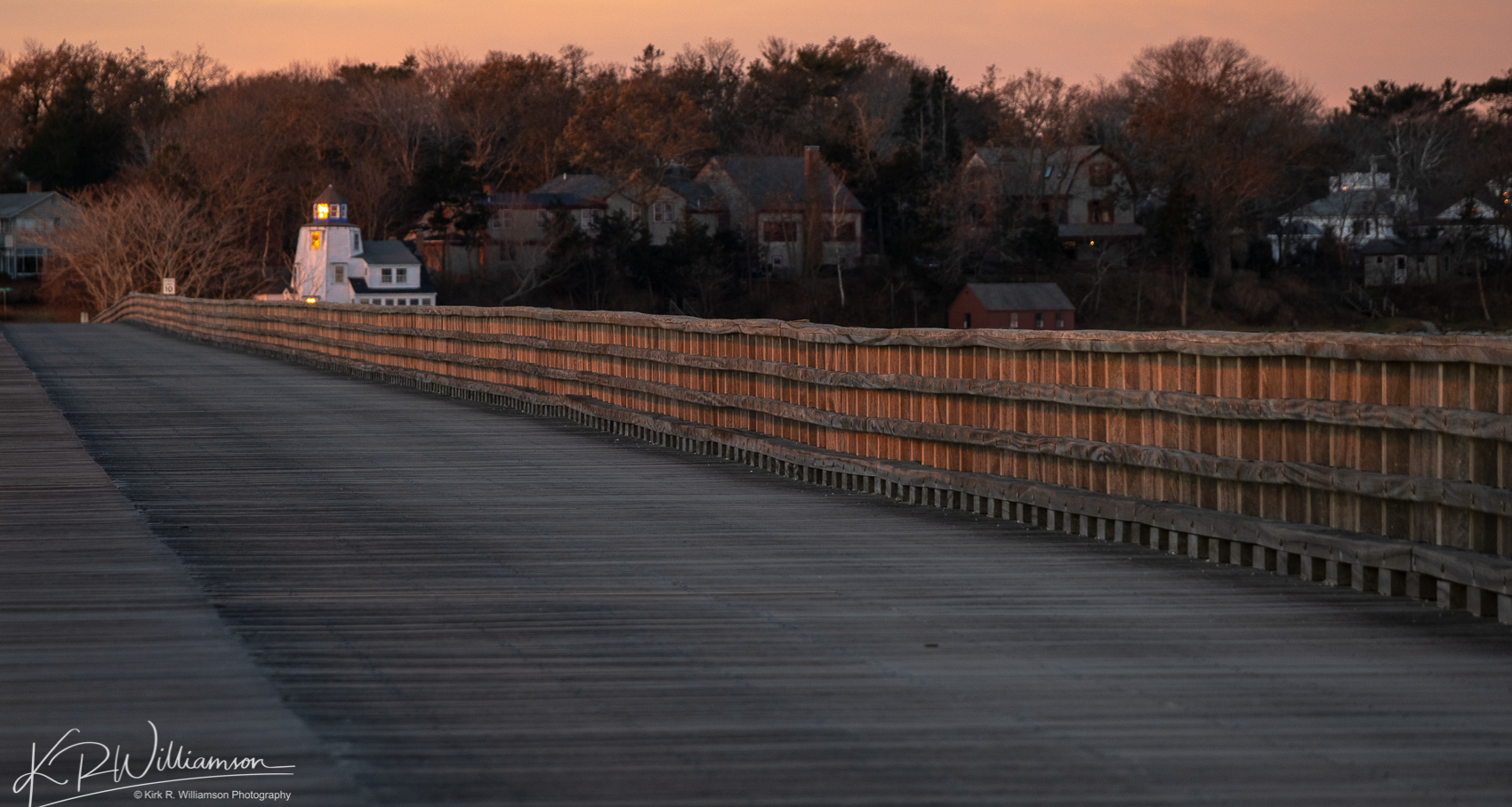
The first lens I tried was the 50-140 f 2.8 zoom basically the same thing as my Canon 70-200 f 2.8 L ll which is the best lens I own. I was amazed at how light it was and smaller than my Canon tele zoom. So far I was impressed! Then as I was walking back to my car the light started it’s amazing rise and lit up the snow fencing and dunes and I knew that I needed to try out the 16 f 1.4.
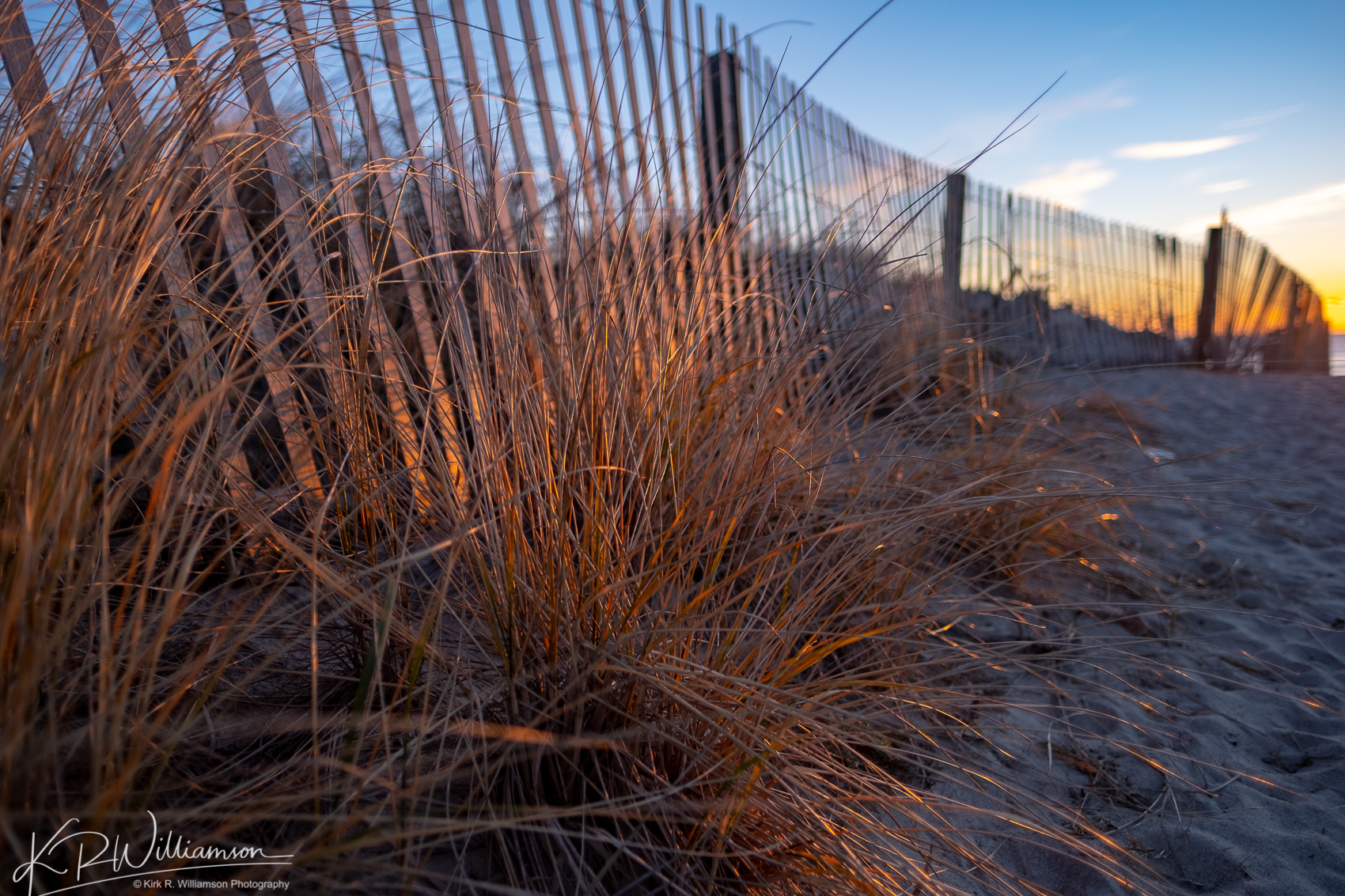
Incredible color and a 1.4 the depth of field added another dimension to it. But I knew that it would look different at a smaller f stop so I shot another at f8.
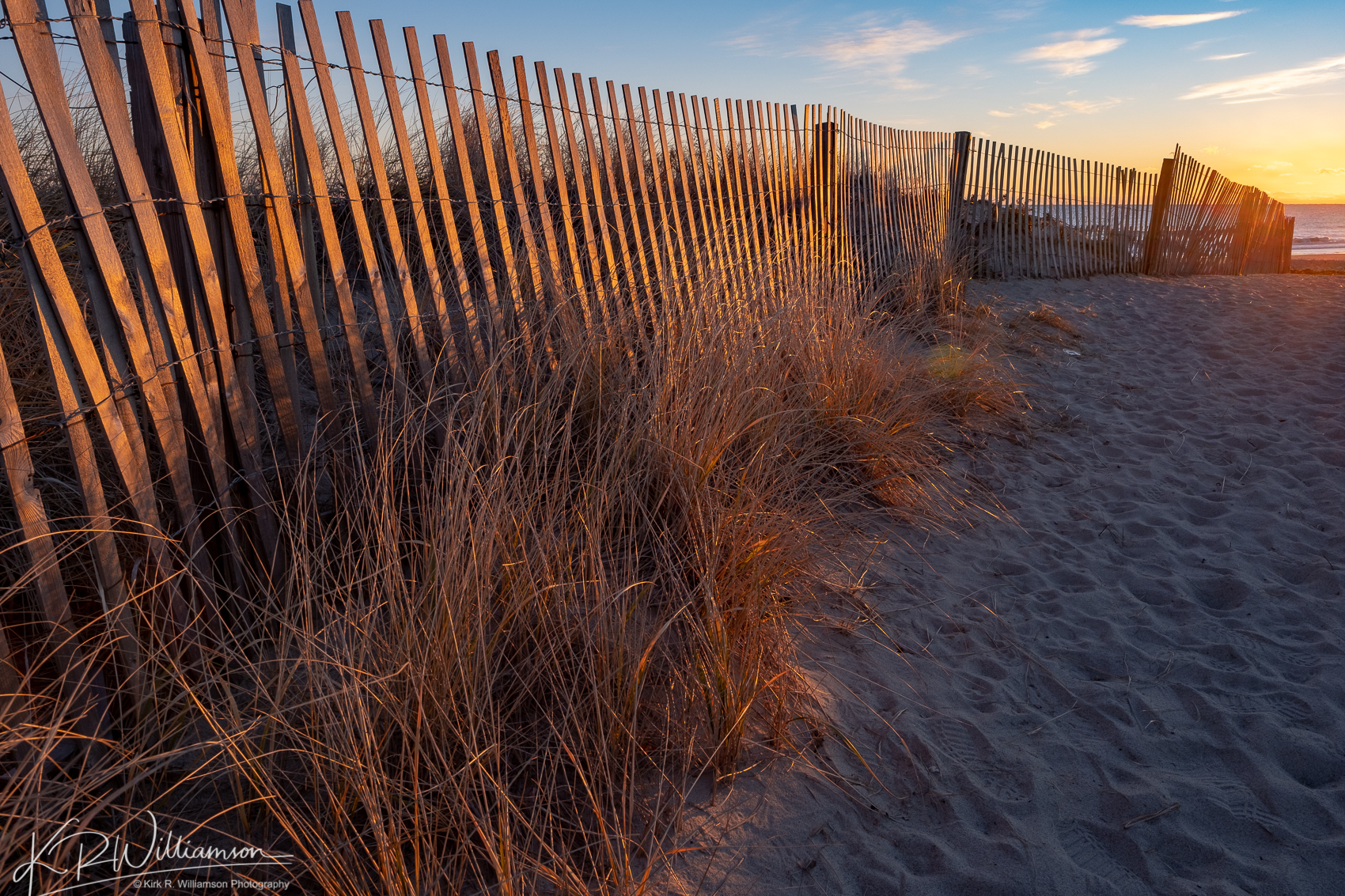
I had some weekend assignments that were going to be in darkness and I could not wait to try out the X-T3 with the 16-55 and the 16 1.4 lenses. The results were amazing. It was a lobster trap tree lighting. Your basic very dark assignment. So I brought the 16-55 and the 16 1.4 with me to see how they would do. The 16-55 is only an f2.8, which is fast enough for most things but in pitch black I was not sure what would happen. Earlier in the day I shot a gingerbread house contest inside and wide open I could not believe how sharp the results were.
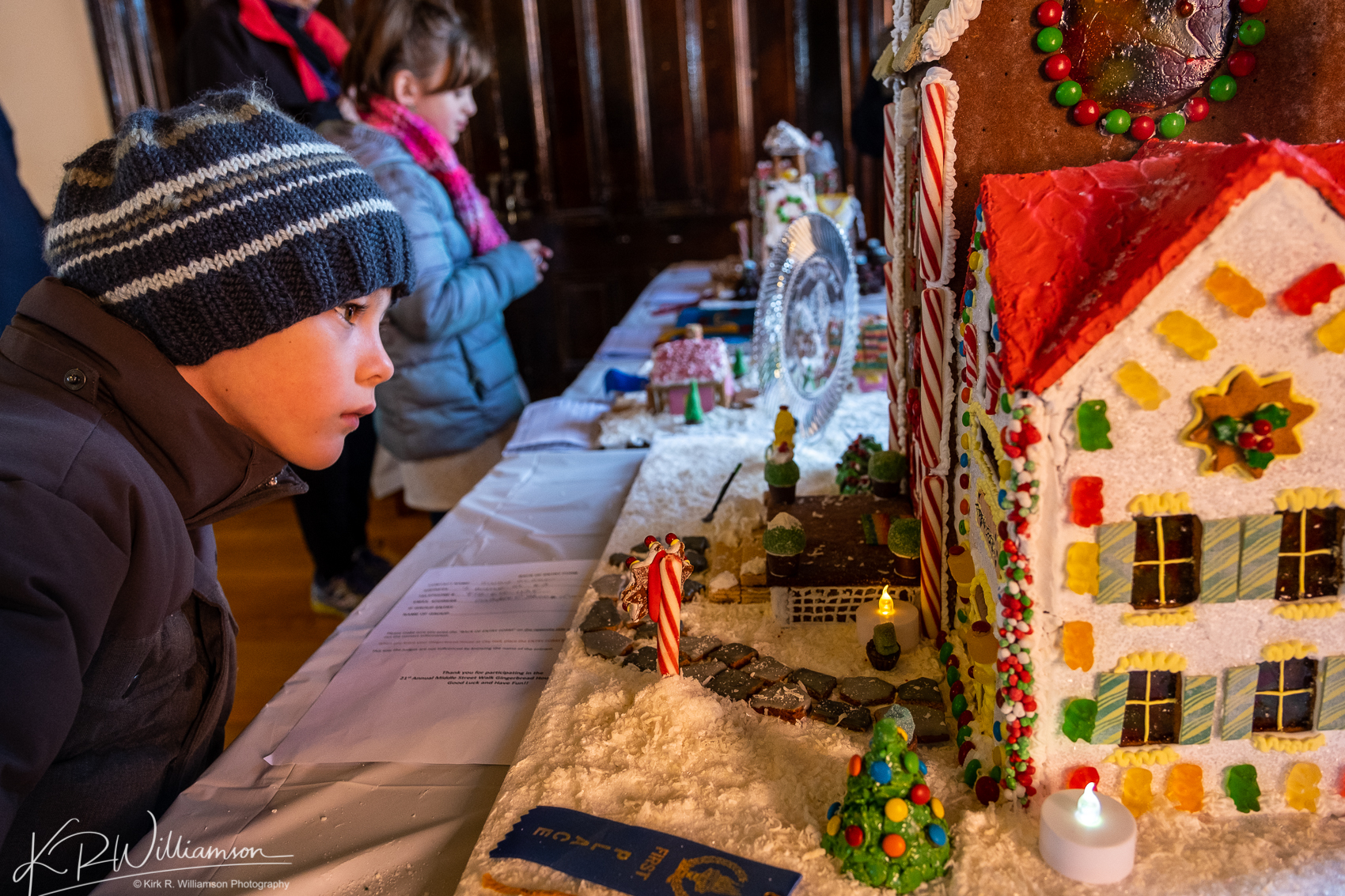
The next thing was outside in the dark. Not fun trying to get a good exposure. The Fuji X-T3 was up to the task and gave me some great images. The reddish faces came from a fire trucks tail lights.
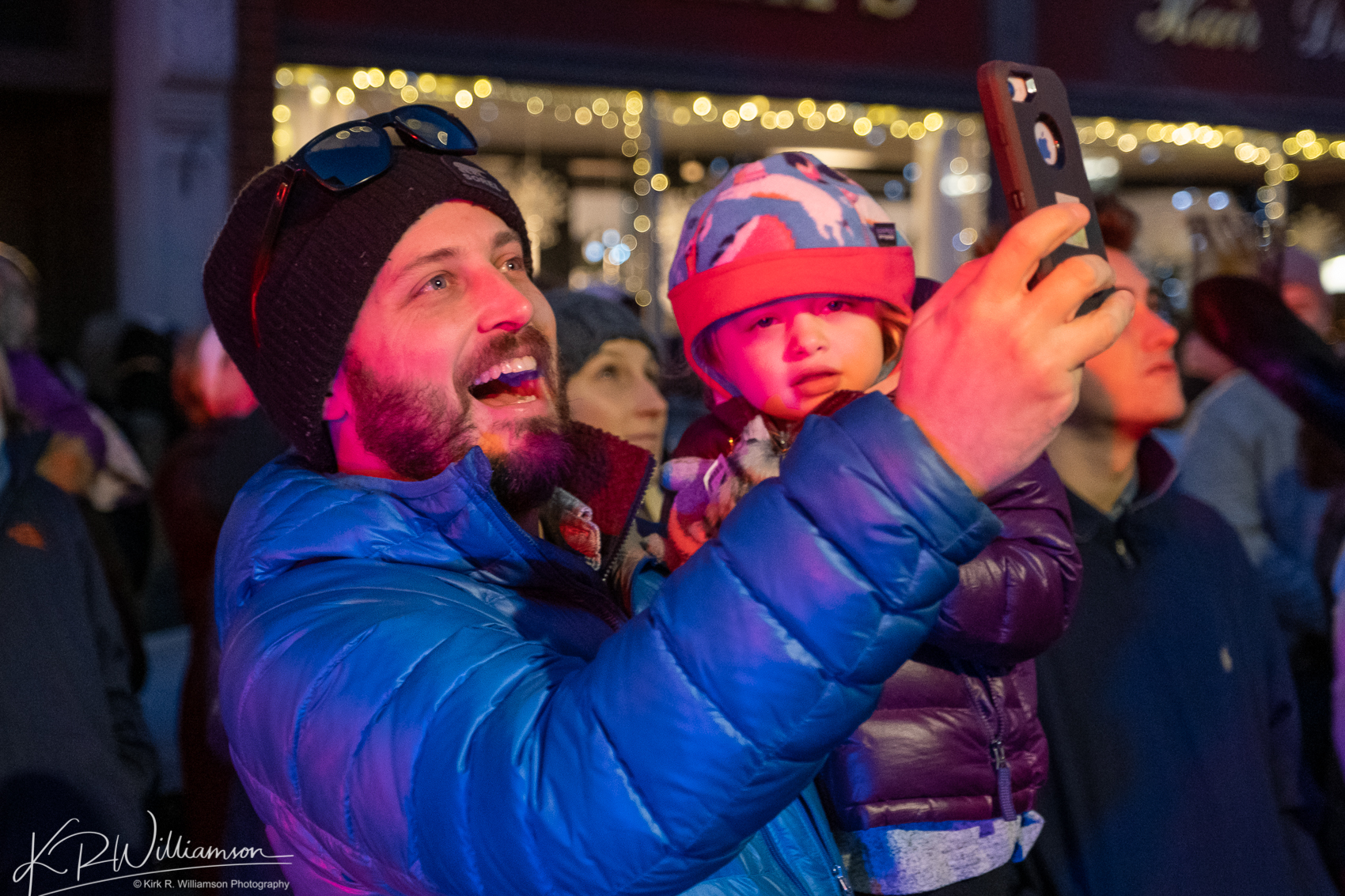
The image above was just as the sun was down and I had more light to work with but the light got much worse. The Fuji X-T3 came through again with the 16 1.4.
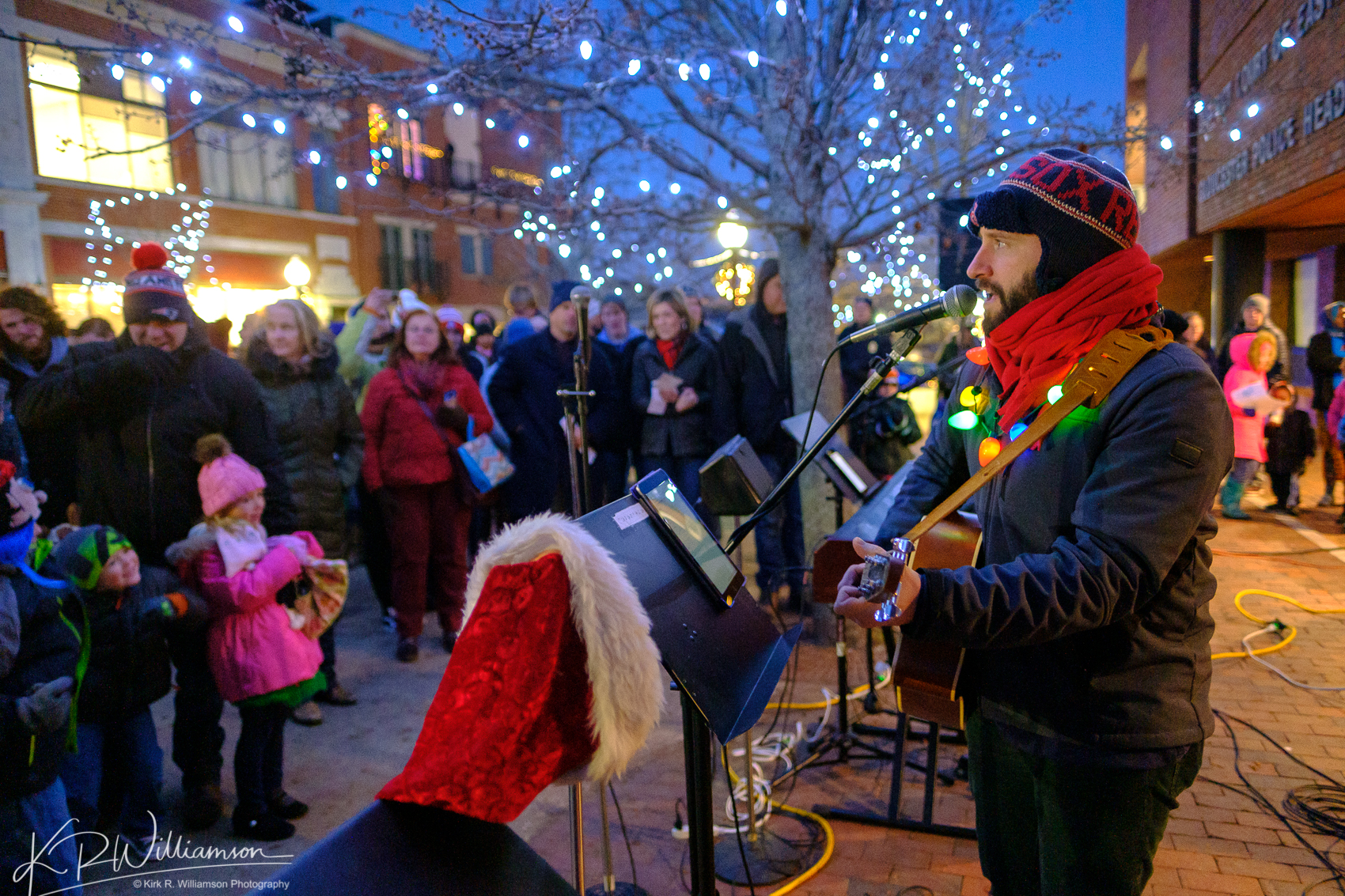
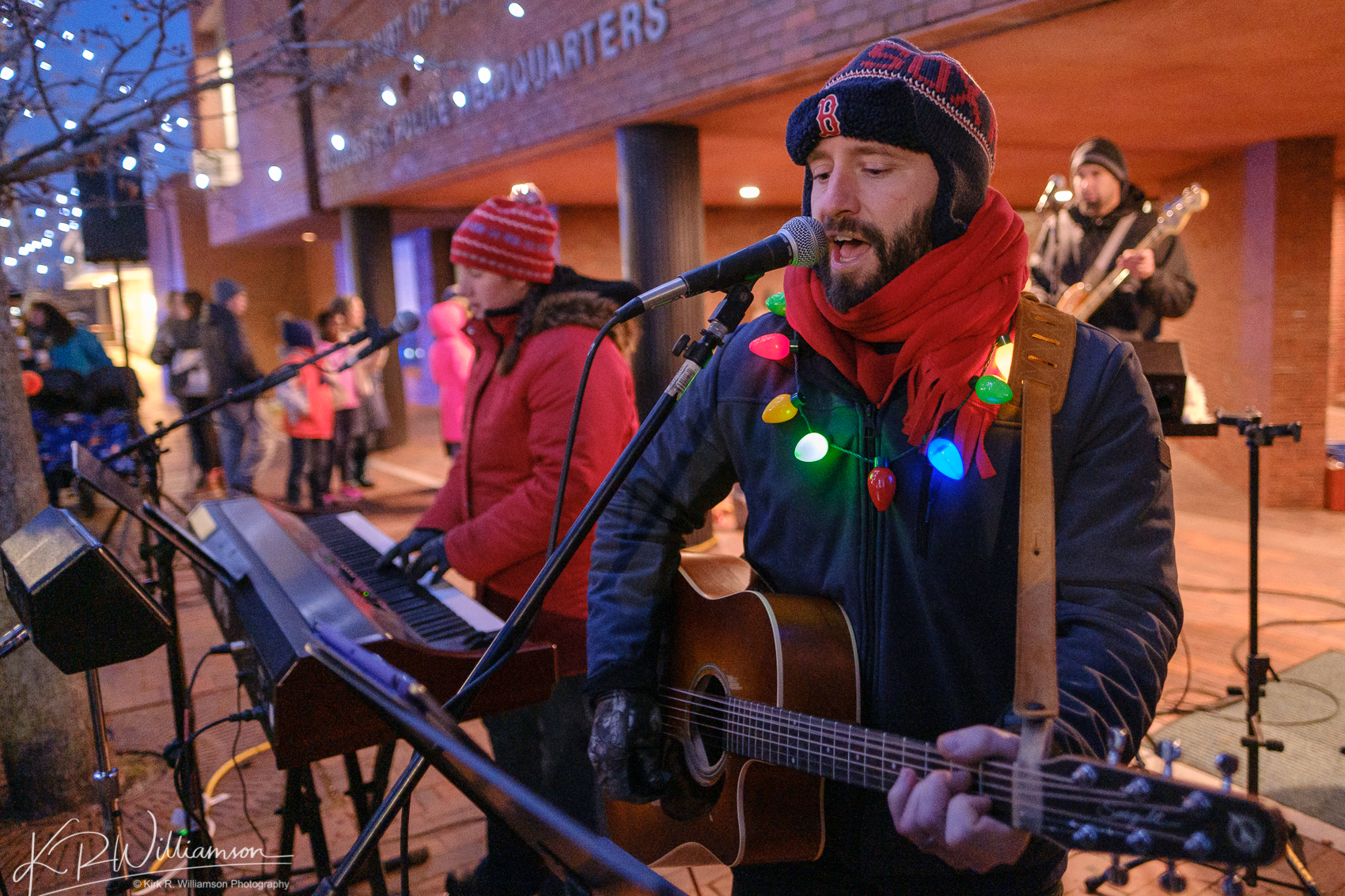
Both of these were shot at ISO 8000 1/80s @ 1.4! I was amazed! So the next thing I tried was inside the tree – dark as sin.
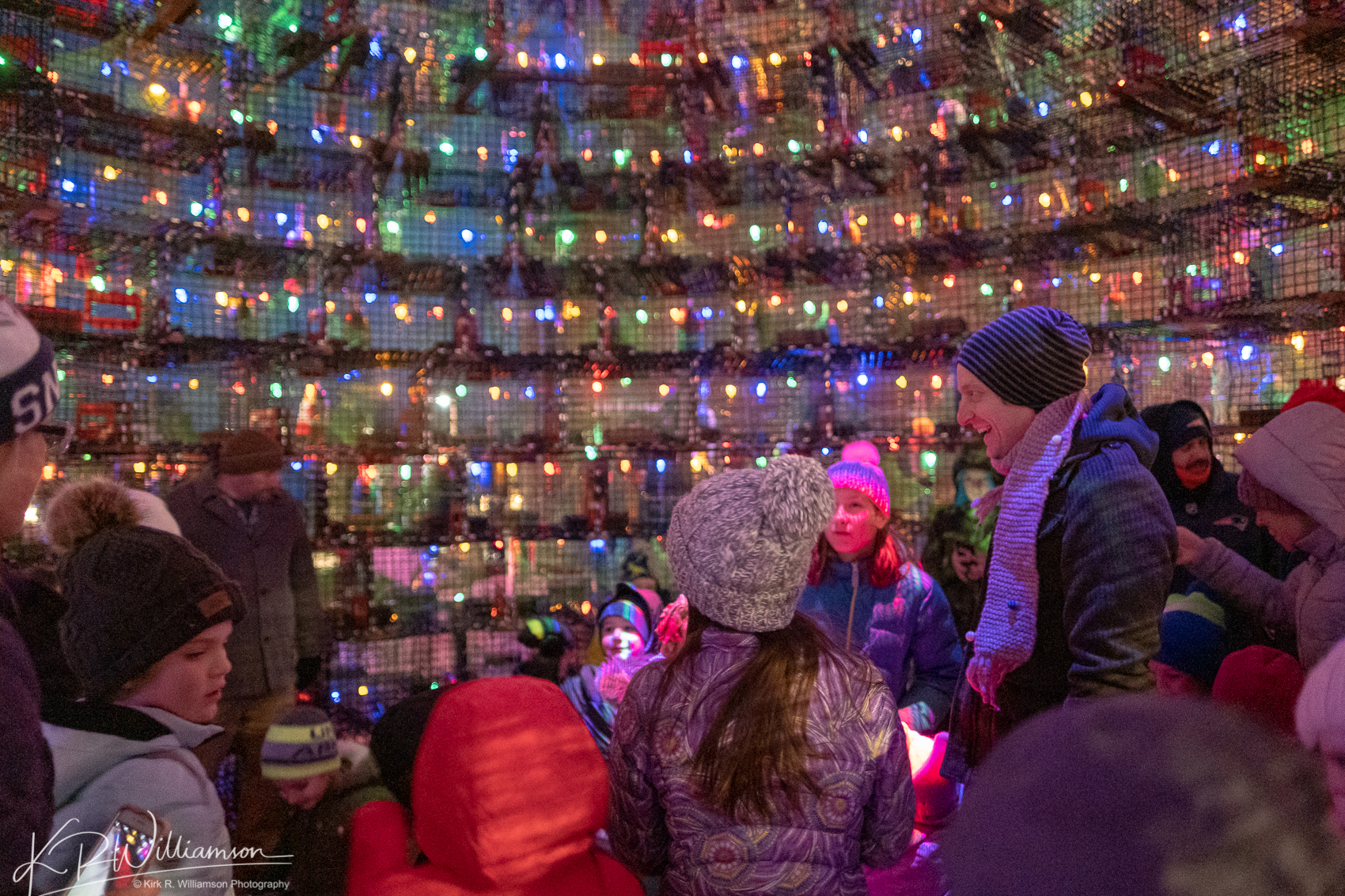
This image was shot at ISO 8000 1/40s @ 1.4. Ok so I was sold right off the bat after seeing these images. The camera was easy to use and boy the 16mm lens (24 in 35mm terms) was the best lens I had shot with in a very long time. But I still had some experimenting to do. I had another assignment later in the week and brought the 16-55 along to see how it would do in tight and weird lighting conditions. It turned out that the light was not real bad and was actually kind of nice. The lens performed flawlessly as did the camera.
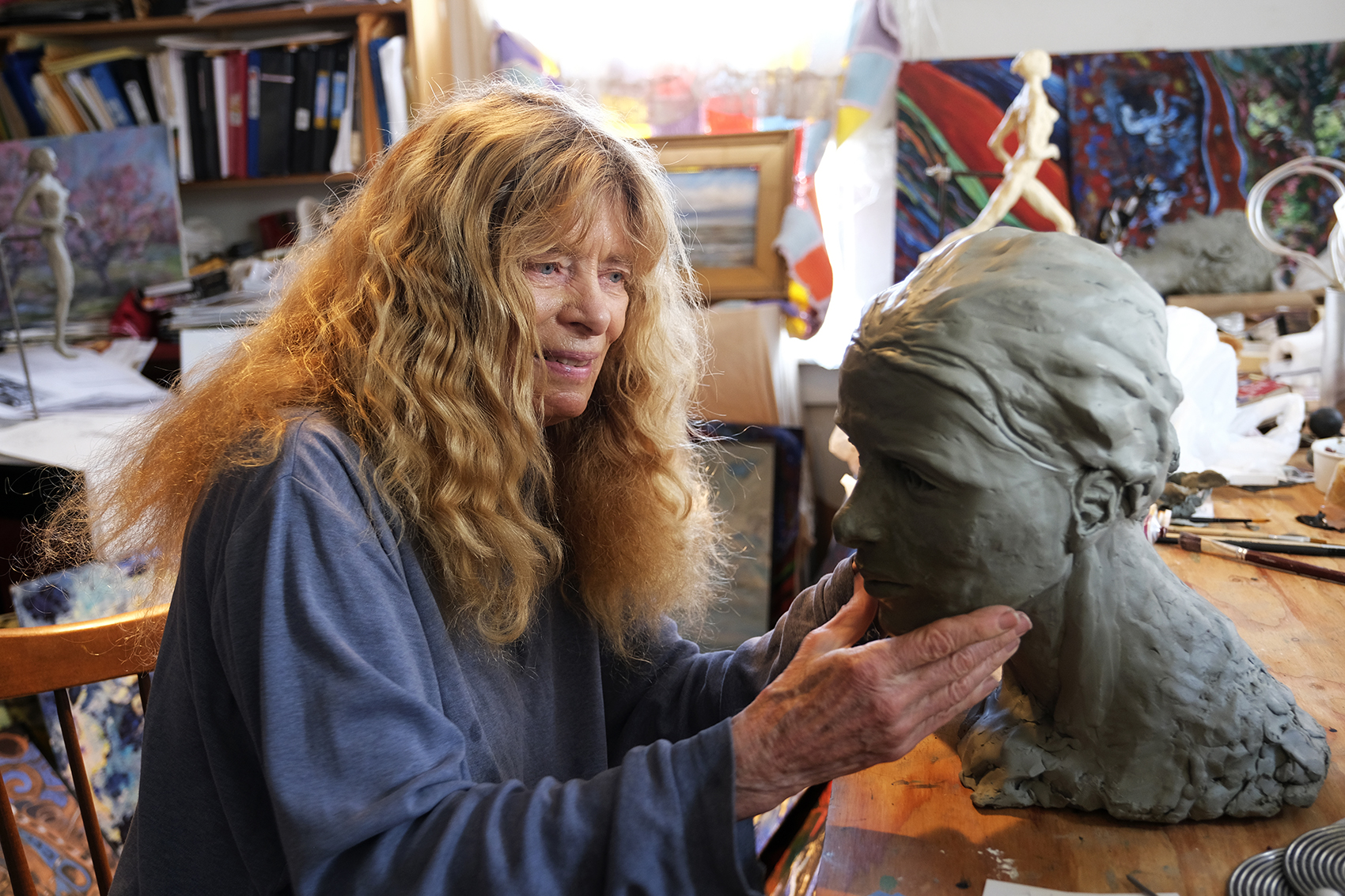
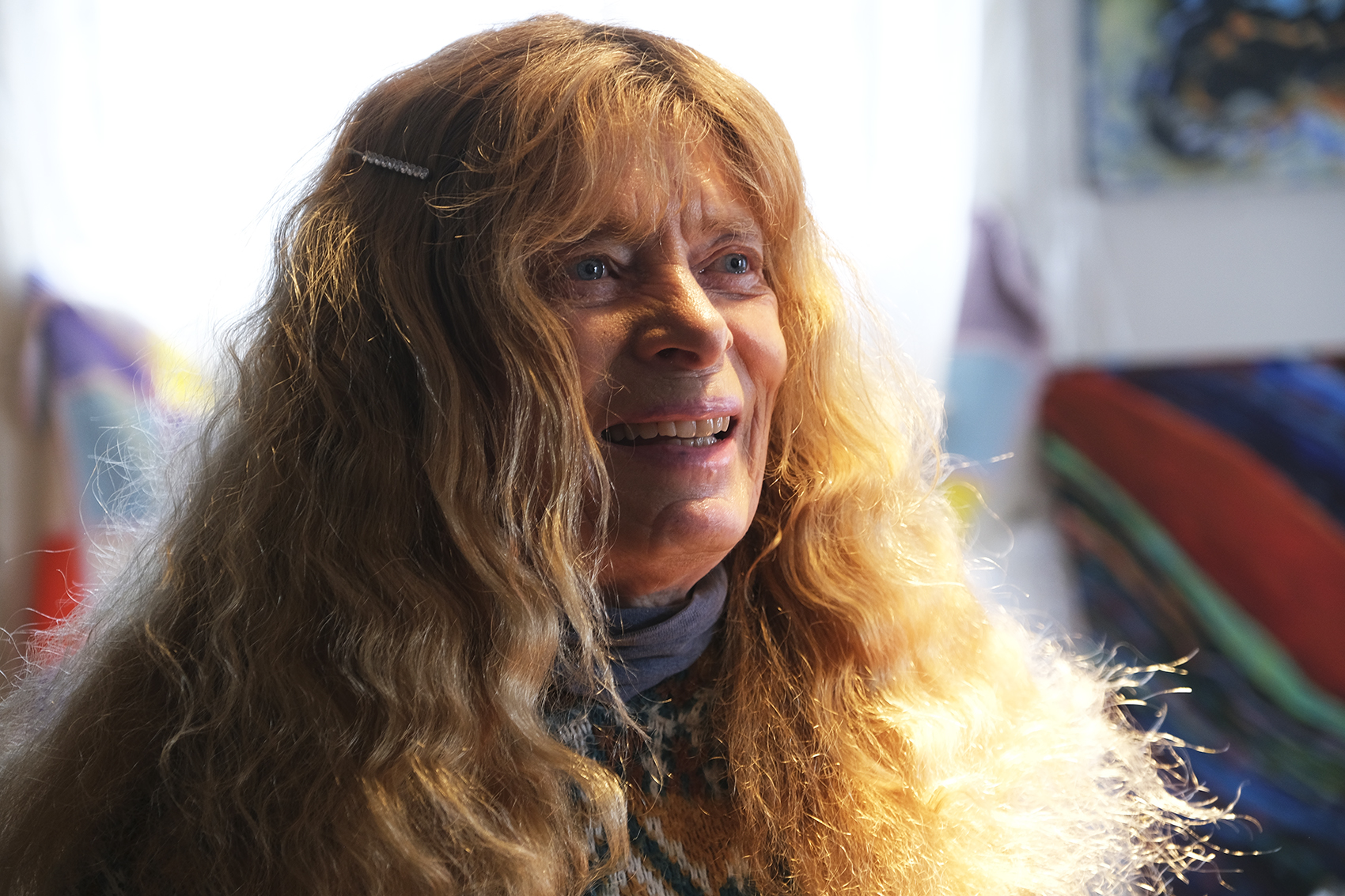
Even though the 16-55 is rather large, used in conjunction with the battery grip on the X-T3 it is an exceptional rig. I loved it. Well at this point I’m starting to think that I need this Fuji system bad. It’s small, light and easy on the pocket book.
So what was holding me back. Well to be honest nothing beats my Canon gear for shooting sports. So I had to try the 50-140 to shoot some hockey because I know what my Canon 7D MK2 and the 70-200 f2.8 L ll can do and it’s exceptional. So I brought it to a hockey game not knowing anything about how to set it up and just started shooting. The results were not impressive. But I was not set up properly.
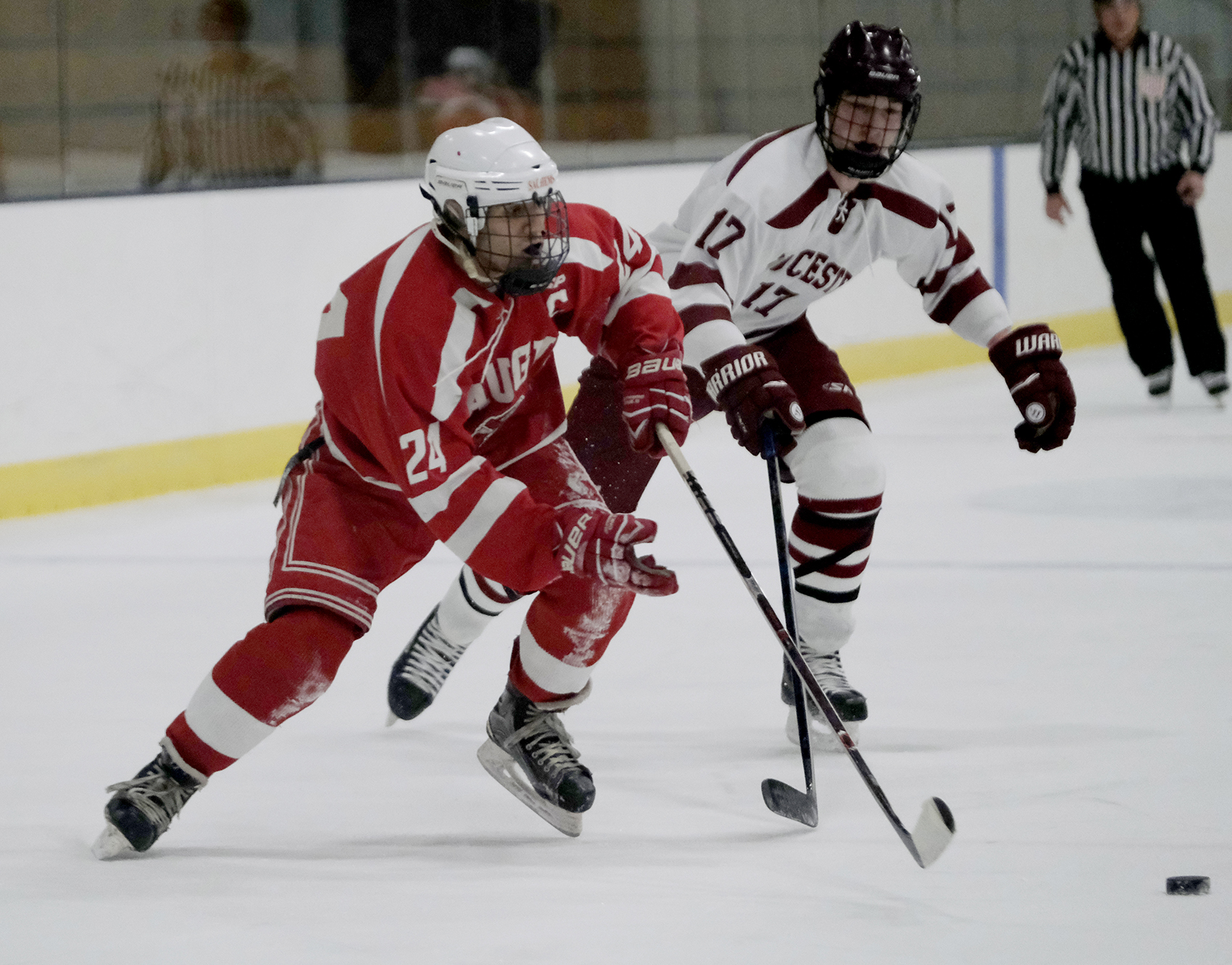
The results were ok but not what my Canon can produce.Since then I have seen a whole new light when using the X-T3 to shoot sports. There will be a whole new blog post on shooting sports with the X-T3. I’m excited by what I have discovered and I know you will be too. I wanted to try the 90mm f 2 out and I did for a bit but where I was shooting from was not ideal and I was not setup like I should have been. Now on to the 23 f 1.4 (new info left out of the original post).
I was really excited to try out my all time favorite focal length the 35 mm. So the Fuji 23 f 1.4 was a treat to shoot. My father used to say to me get used to that 50 mm first before we get you into a 35. When I finally did get a 35mm for my 16th birthday it rarely came off my camera. When I started my career the Leica 35mm Summicron was my lens of choice for just about everything. Excited was an understatement. I had the perfect opportunity to test it out, my mother-in-laws 90th birthday party which was held in a rather dark restaurant. Of course I barely knew how to run the camera which meant I had no idea how to use face detection. These next images were taken with the 23 wide open at f1.4. I used the camera the same as before setting the ISO myself and shooting in manual.
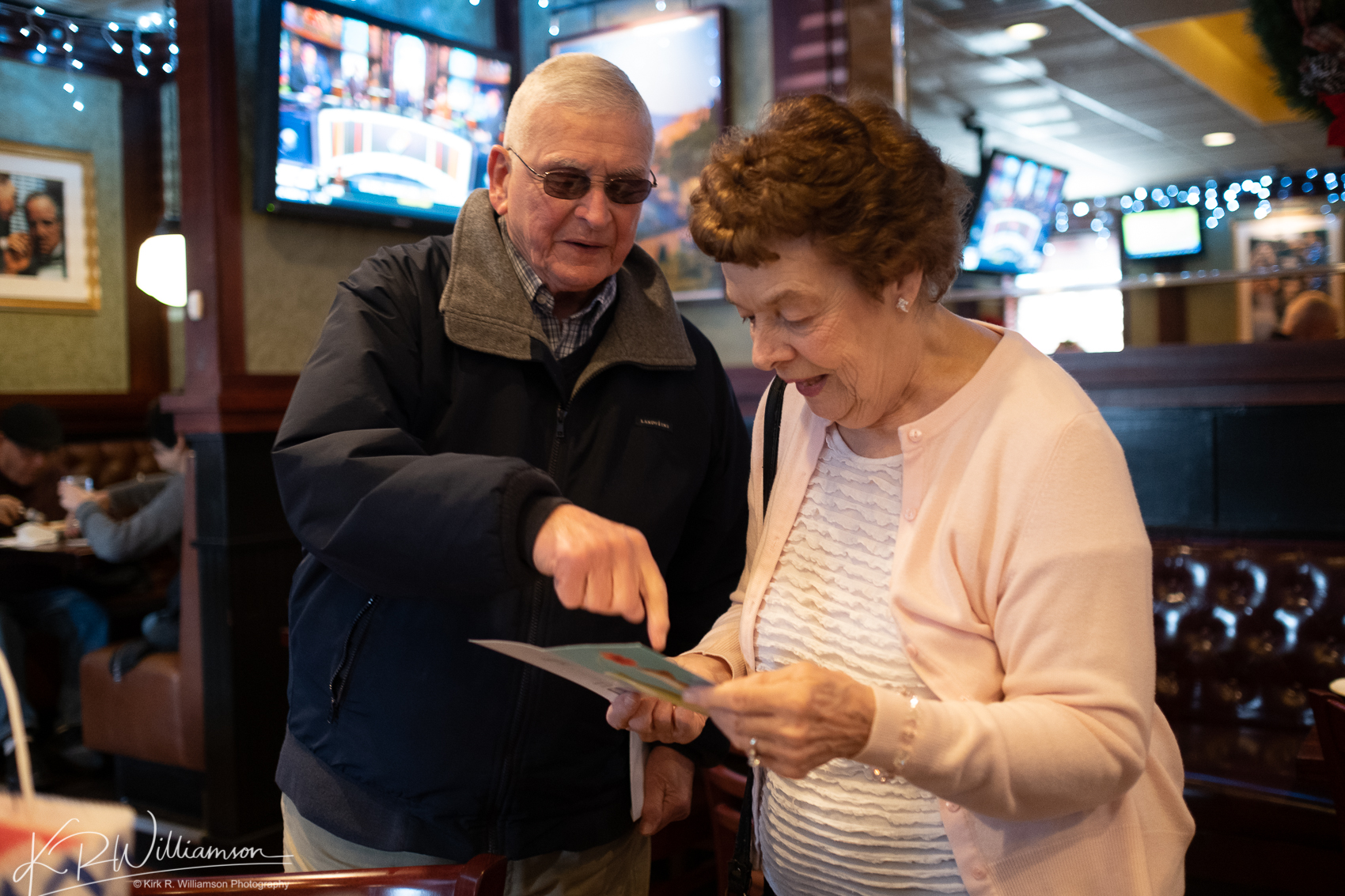
This lens is one of Fuji’s first fast primes so it is noisy and a little slow focusing but man is it sharp! Beautiful colors – just wonderful. I never really noticed any of that as I roamed around looking for moments.
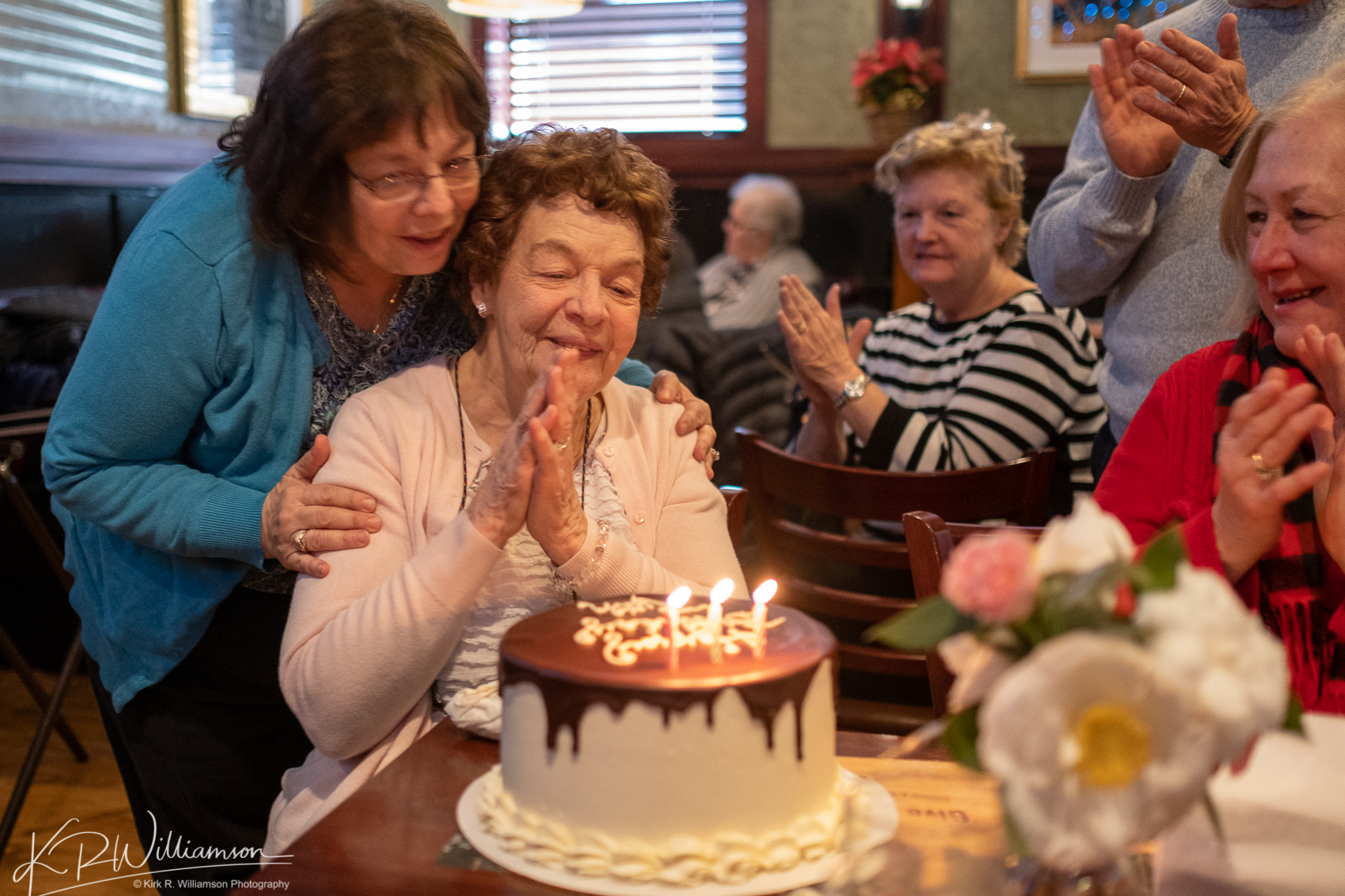
I felt so at home with this lens. The fast aperture of 1.4 gave me the freedom of shooting at a relatively low ISO and a pretty fast shutter speed. No flash in this type of situation is a great bonus. This was a fun shoot with a well balanced camera with no battery grip. This lens needs to be updated just like the 35 1.4 and the 56 1.2 when that happens I will likely be purchasing it. This last image I was trying to see what the close focus abilities of the lens would be so I practiced on my nieces son.
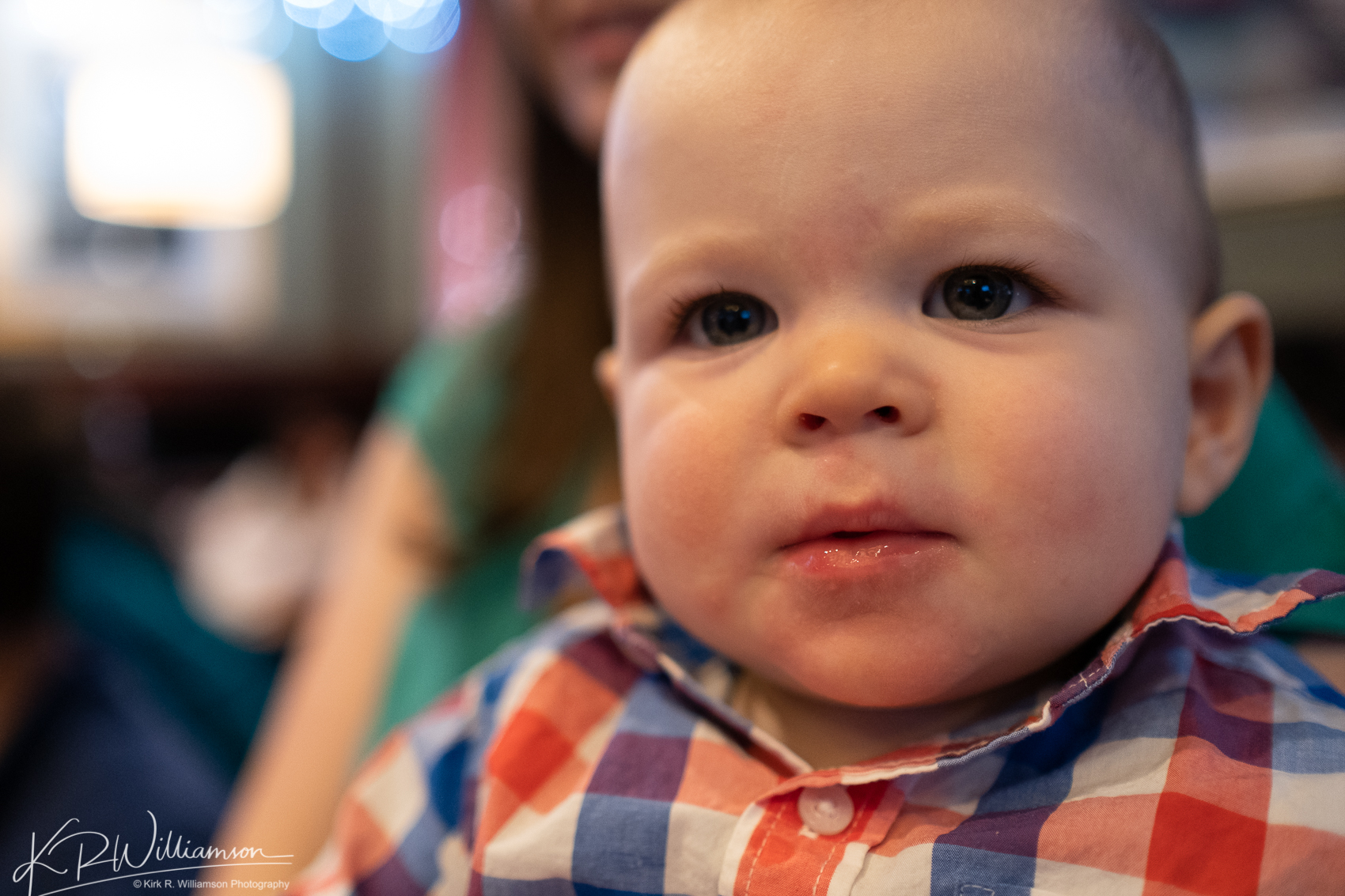
For an older lens this lens was crazy nice. The color and bokeh were wonderful and it just felt comfortable. It will be in quiver of lenses at some point.
Lets move on to the 90 (137 in 35mm terms). This is a beautiful lens and is on my list for purchase. I did not get to use it that much but boy is it something. It focuses really fast and is a WR lens. The only thing I shot with it was at Duxbury beach and I loved the compression it gave me with an 5.6 aperture setting. I tried some hockey with it as well but I was to far away from the action to make it worthwhile.
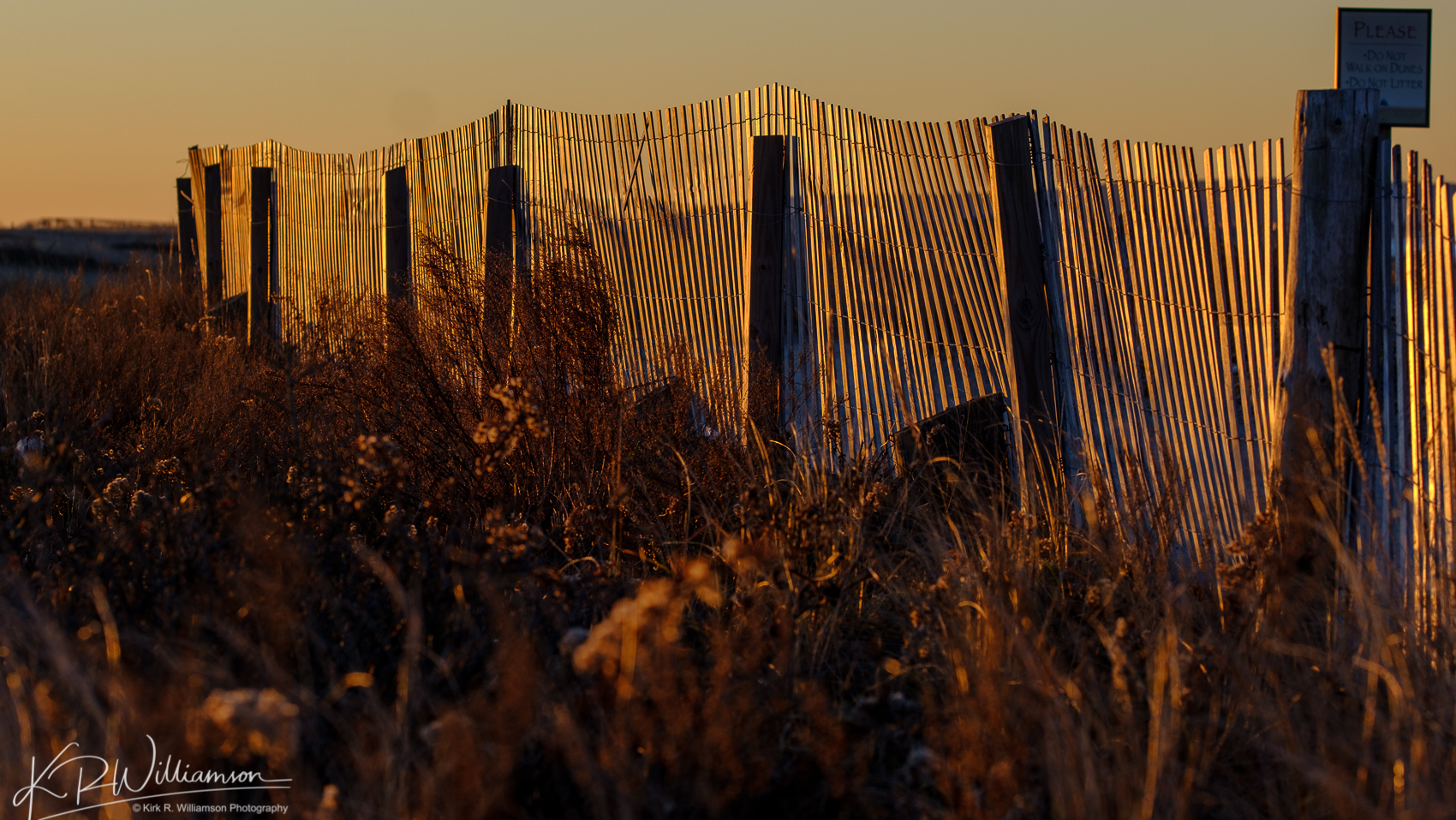
A lovely lens that I did not get to play with that much. But I know what I need it for and it’s a must purchase.
The last lens I tried out was the 100-400. It’s big, (read; long extended) no doubt about it! But it’s also a huge range in 35mm terms a 152-609 f 4.5 at the low end and 5.6 at the high end. Wow what a range and it has OIS and is WR. You can’t beat that. I’ll be shooting baseball and soccer with this puppy. It is destined to be a favorite in my stable of lenses. The compression is unbelievable and you can handhold this thing which I did because even though the size is quite large (only 77mm, what?) it’s not really that heavy. Sadly I was only able to get a couple of shots with it. One I made while I was chasing a fox that ran by my car as I was putting gear away. He got away – darn it.
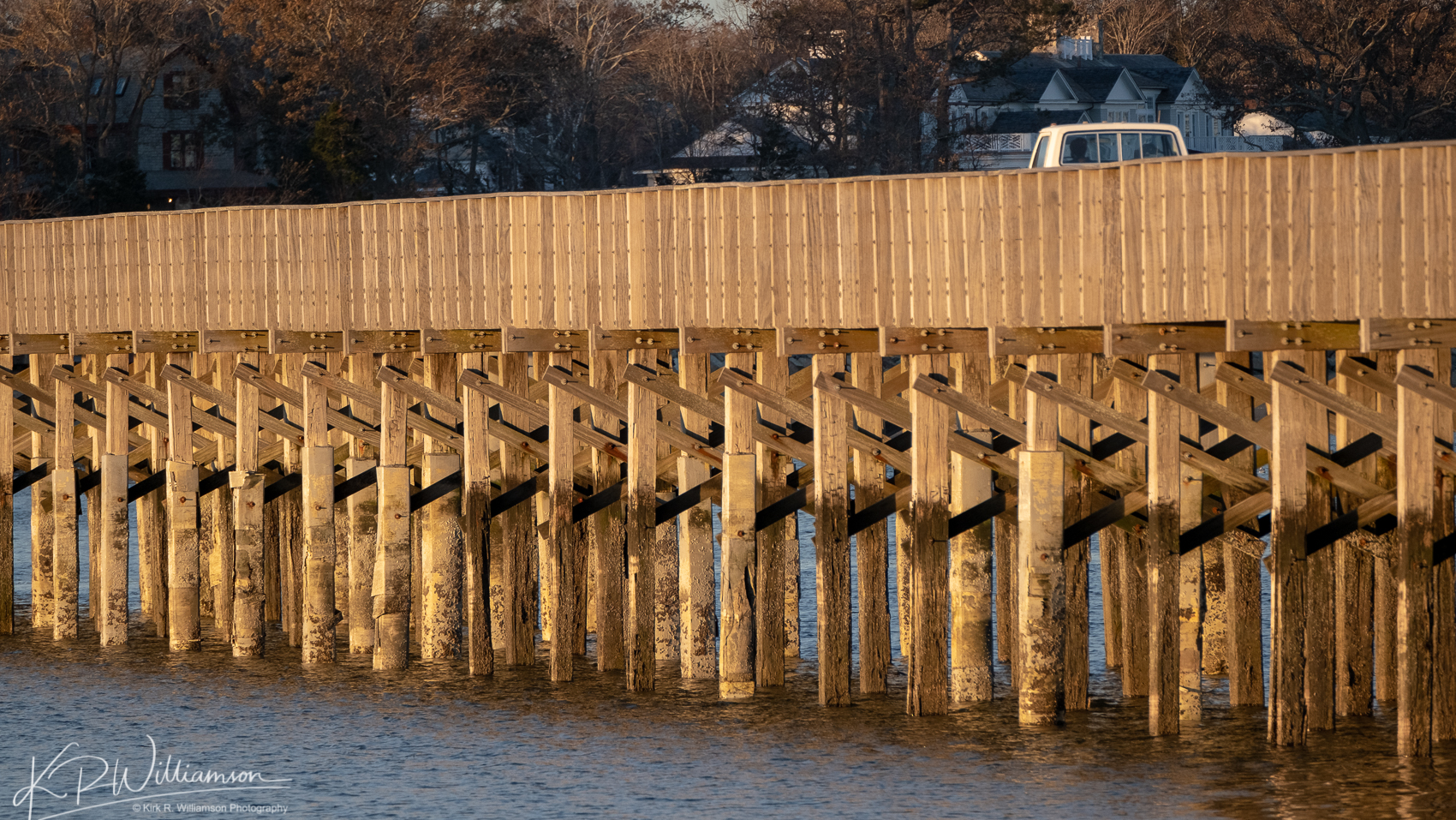
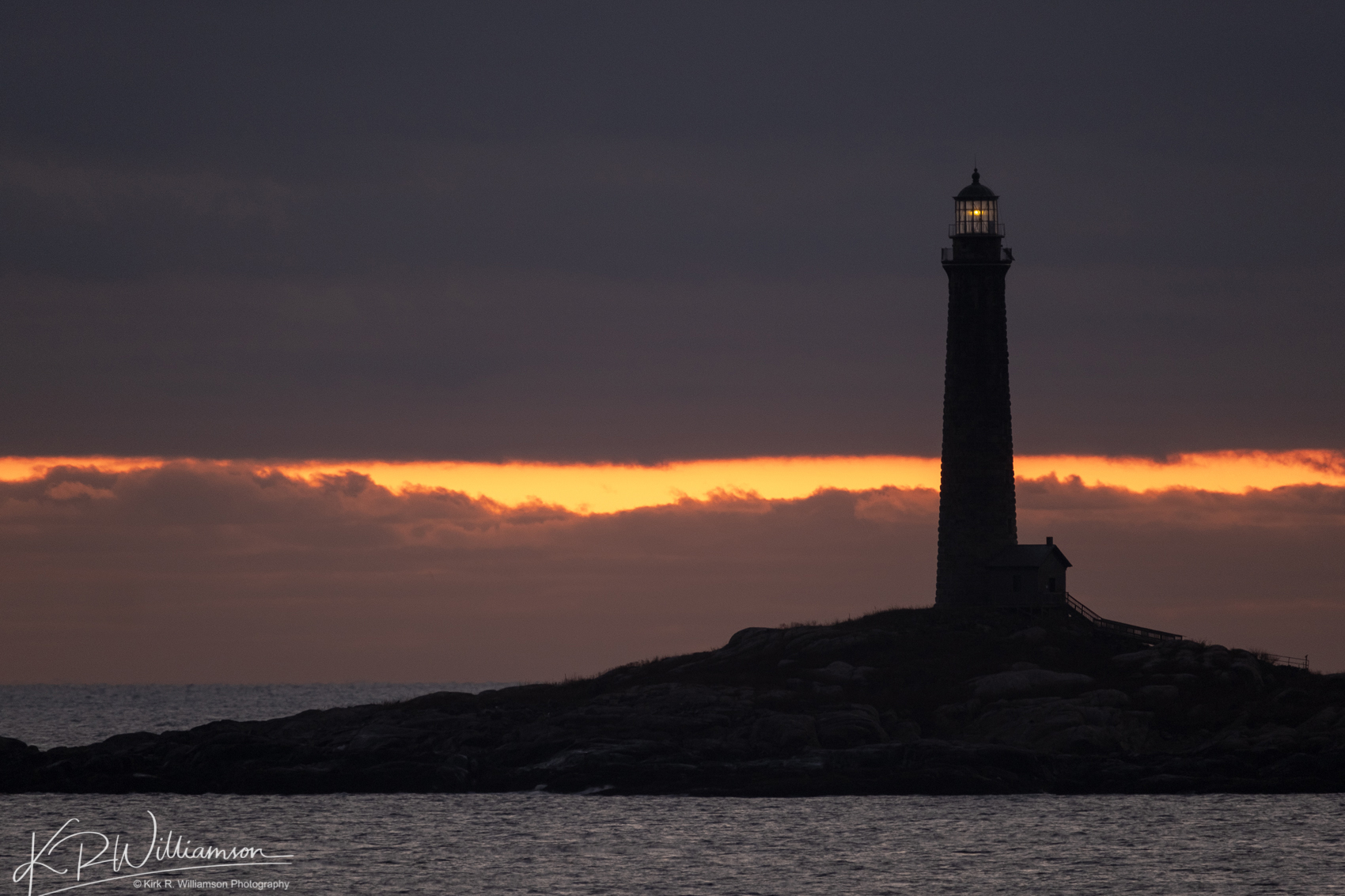
It’s been quite a journey over the last month or so and it has resulted in my purchase of a Fuji X-T3 with battery grip, kit lens (18-55) and a like new used 16mm f 1.4.
Now I need to sell all my Canon gear and the little Sony kit I have accumulated. That being said this is what is available for Canon gear if anyone is so inclined.
Canon 5D MK3 and the battery grip, Canon 16-35 f2.8, Canon 24-70 f4, Canon 300 f2.8 and Canon 1.4 ext. The Canon 7D MK2, Canon 70-200 f2.8 L ll, and the Canon 100 f2 will become available later when I have purchased the Fuji gear to replace it.
Stay tuned for the journey to continue. Monthly reports and video’s with Mark Gardner and myself.
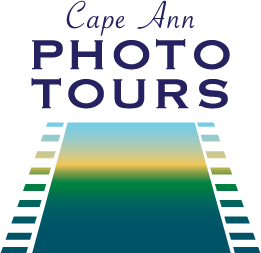
very well written Kirk, I look forward to more of these posts. If I could figure out a way to afford the 200f2 I might switch myself.
Haha we are all wondering how to afford that lens.